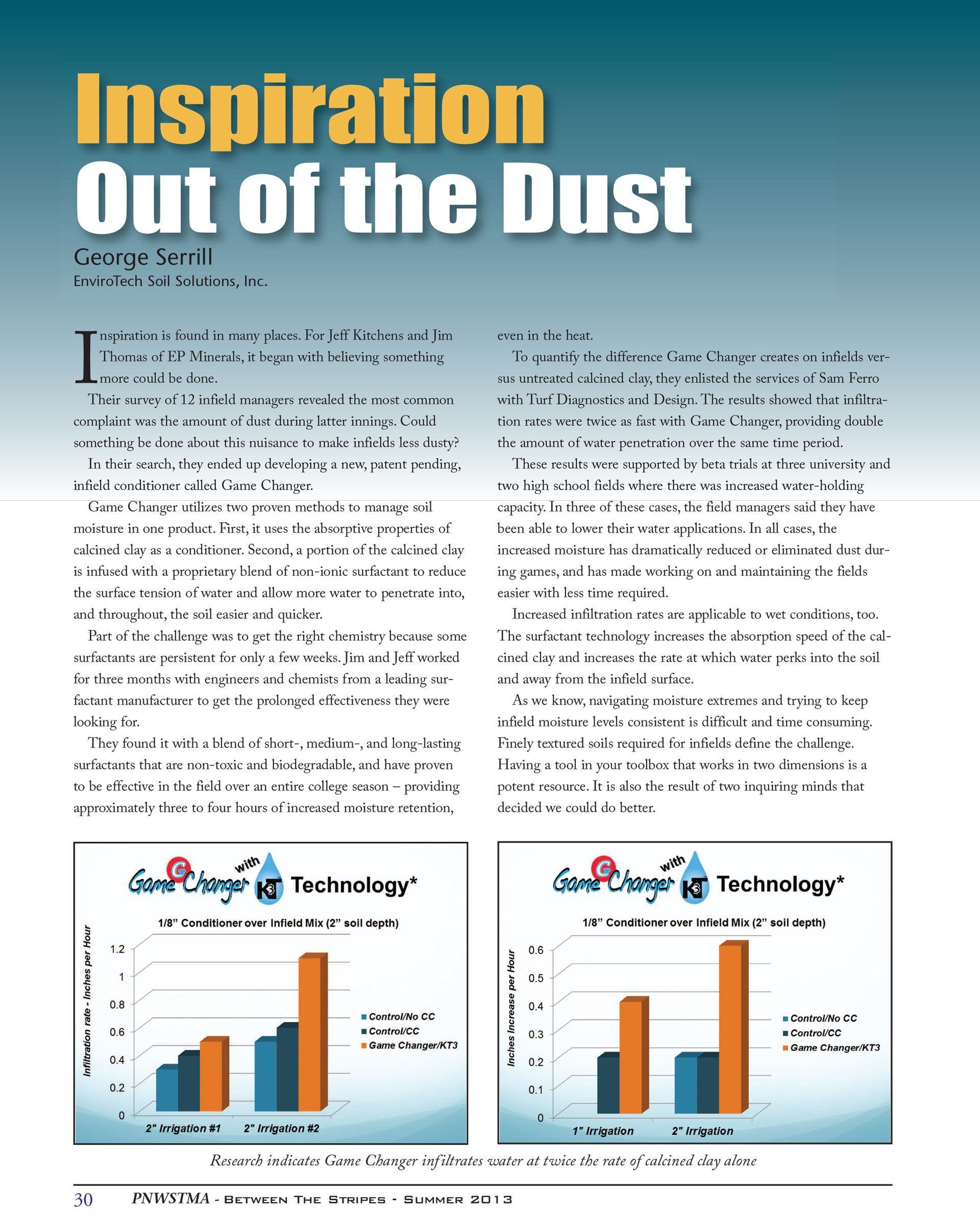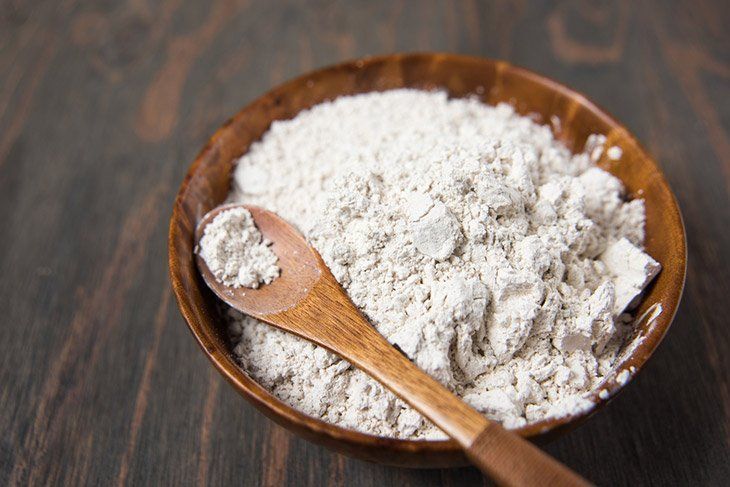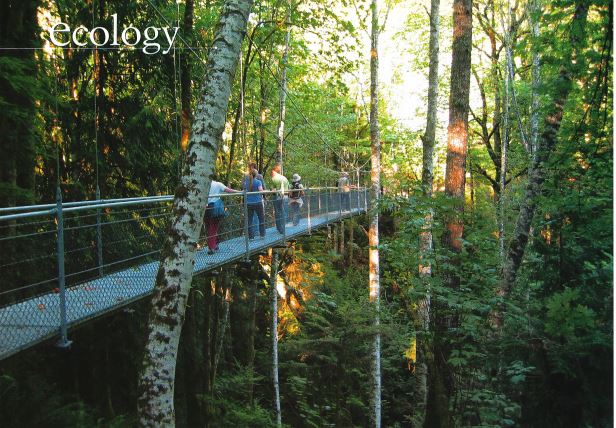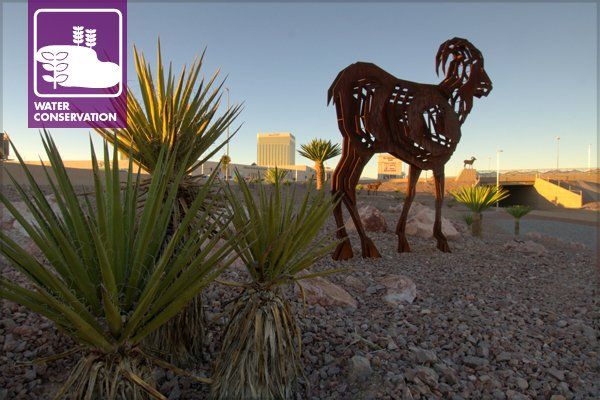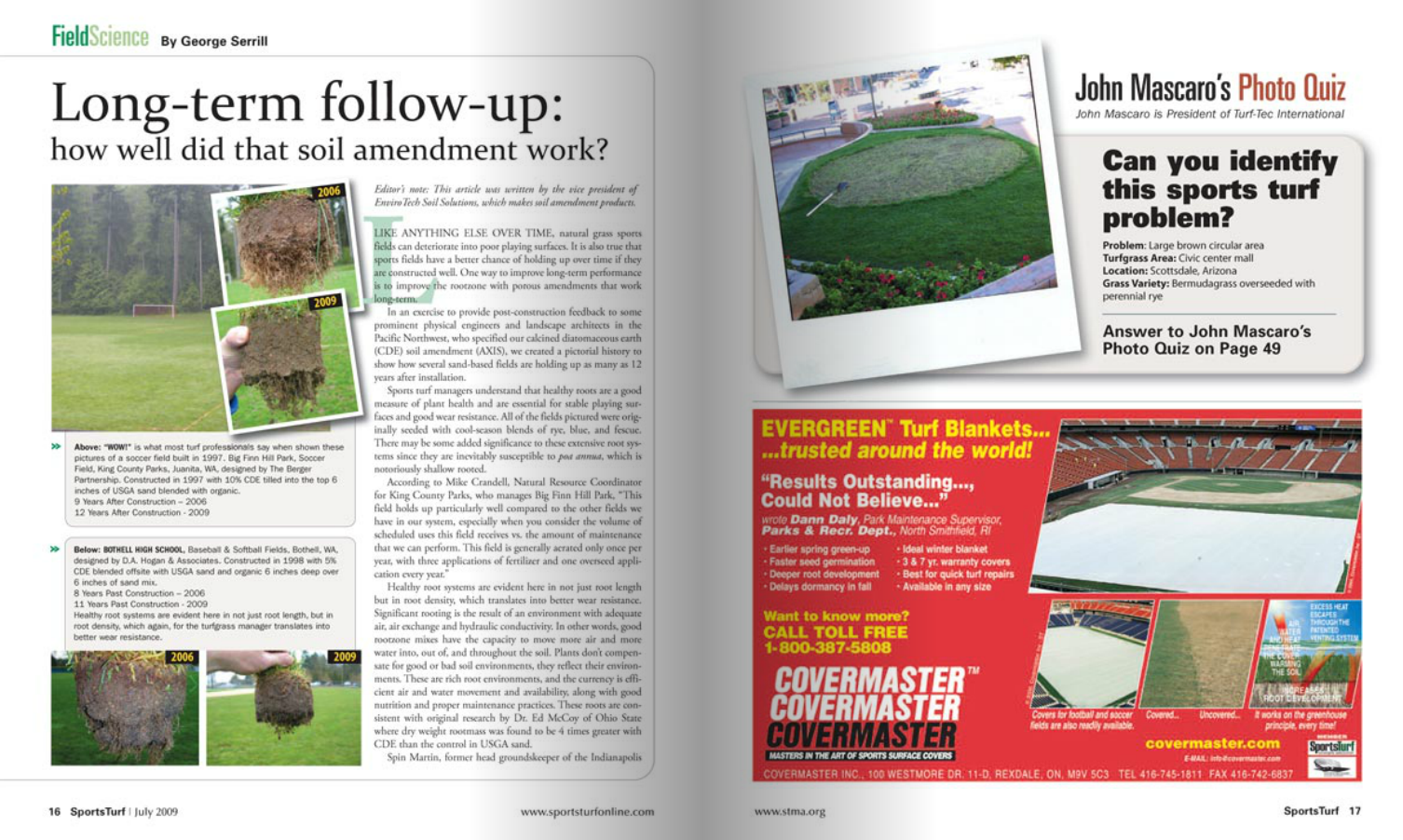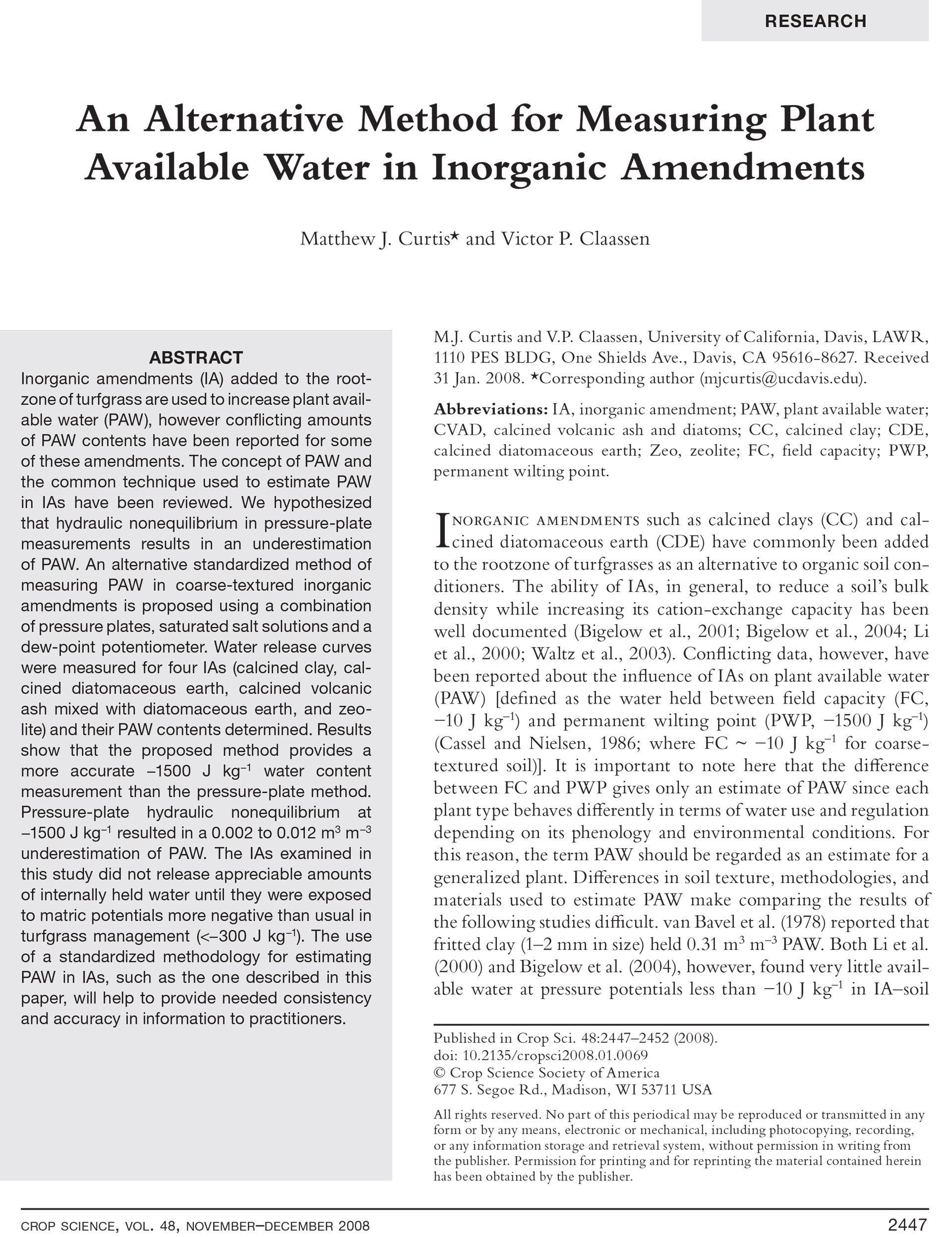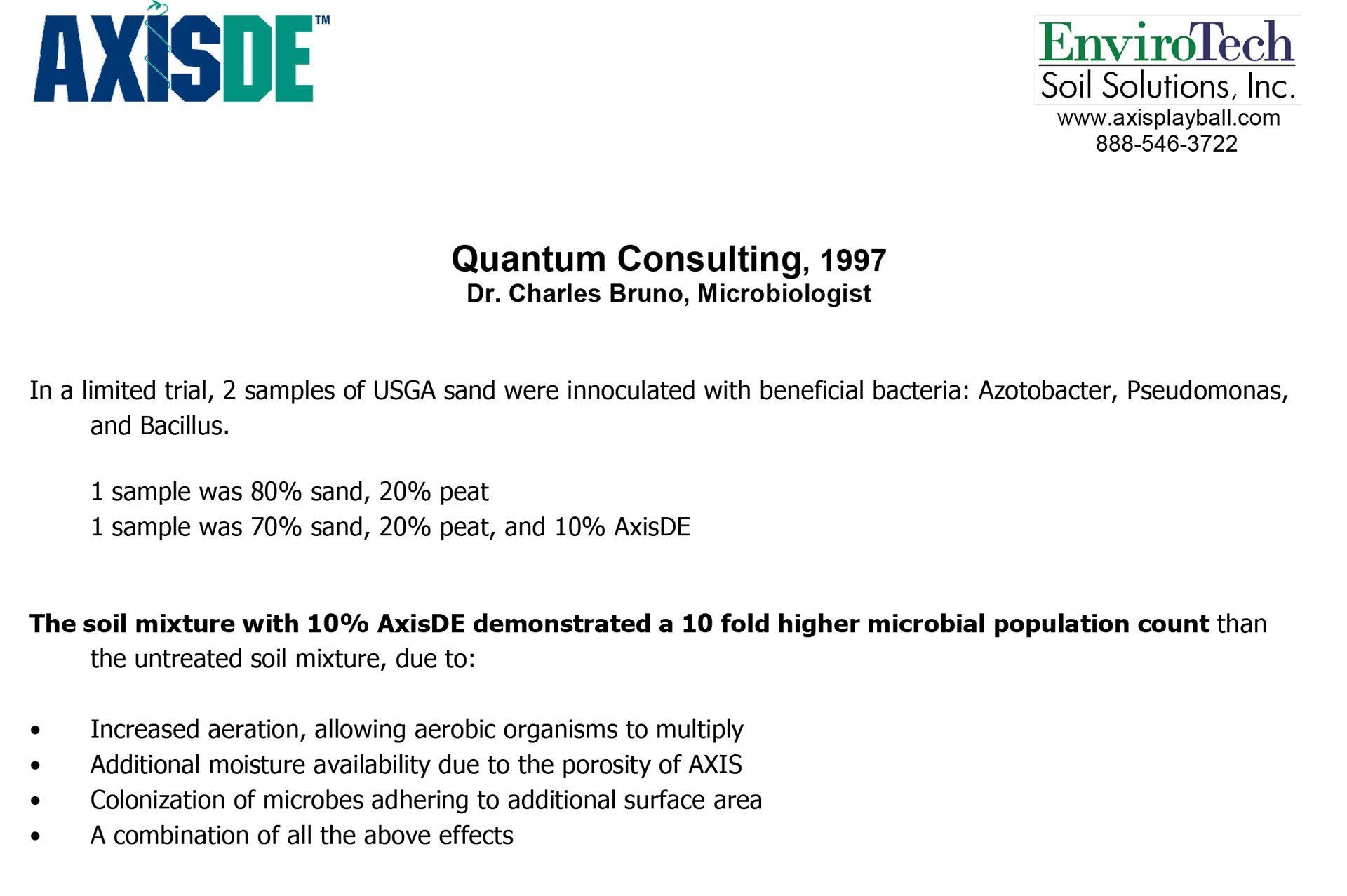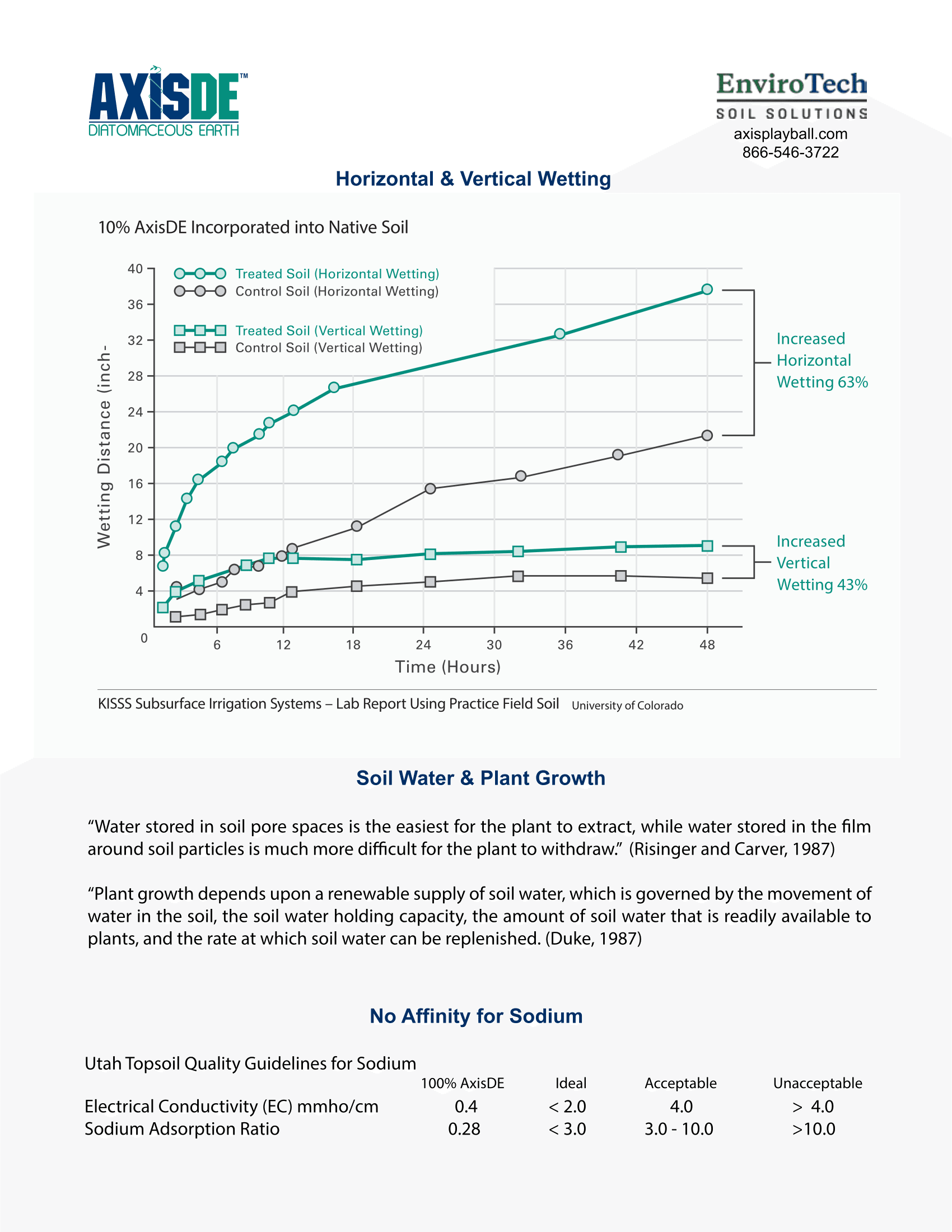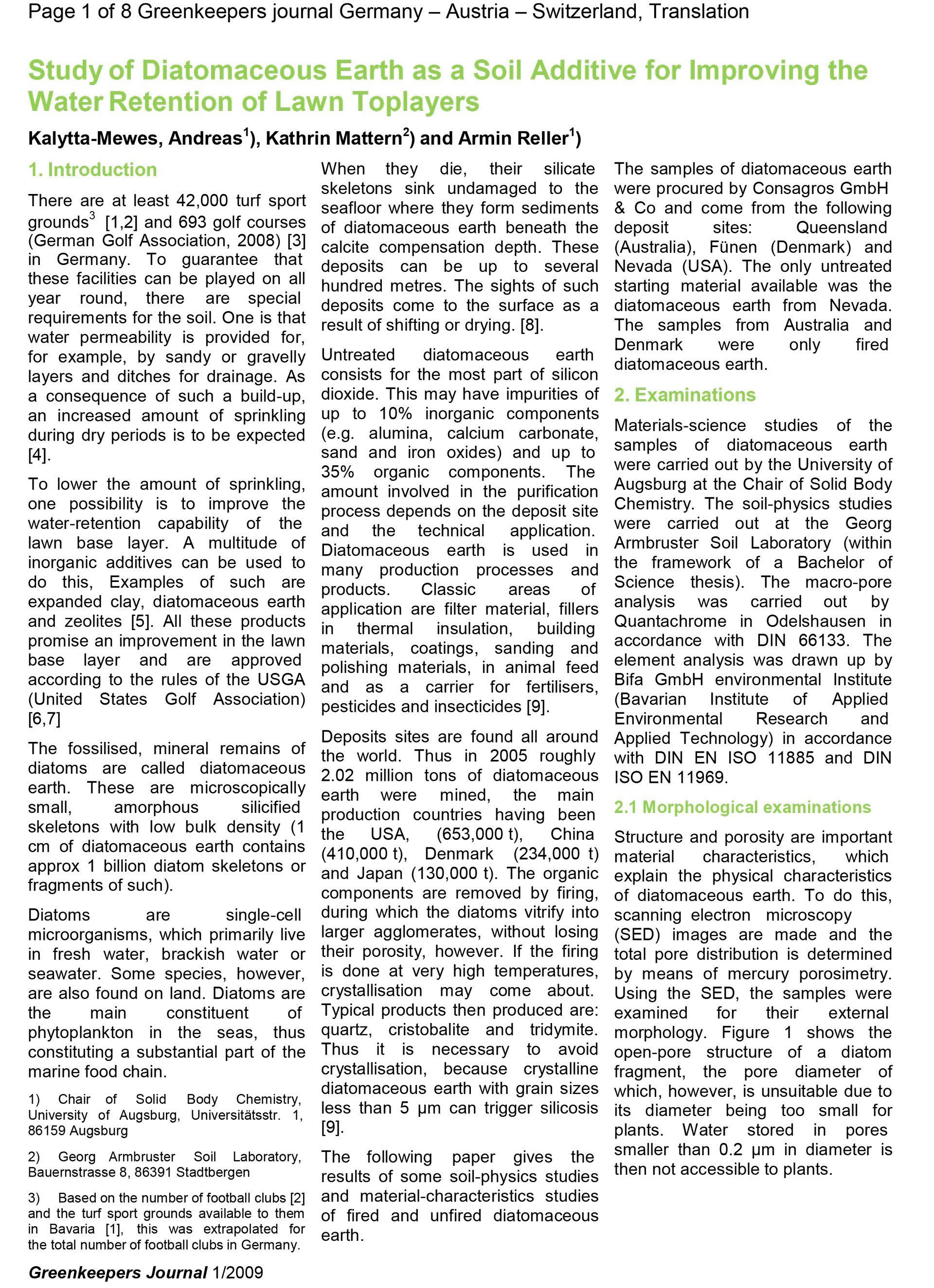A Natural Way to Kill Bugs and Boost Your Soil
Cannabis Cultivation Today • May 18, 2020
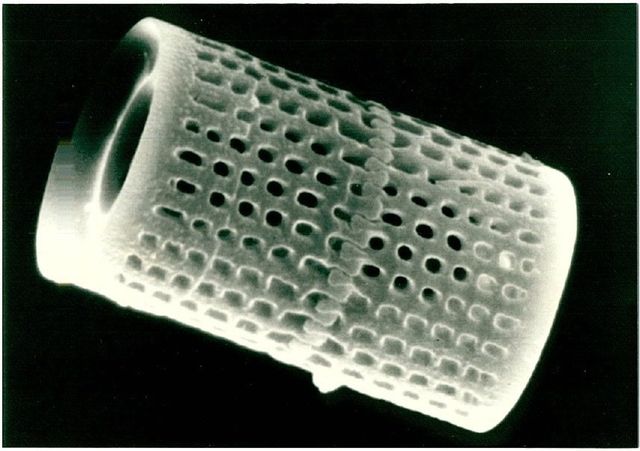

Dig this: Fossilized remains of long-dead critters can lend new life to your cannabis plants.
We’re talking about diatomaceous earth (DE), the fossilized remains of phytoplankton or diatom algae. When they were alive, these freshwater organisms extracted nourishment from the water as it passed through their porous, silica-based exteriors. As they died, they sank to the sea floor and gradually created deposits.
So what’s the dirt on this versatile substance and its applications in your grow room? For one thing, DE works as a natural insecticide, but that’s only half of the story. As an aggregate, DE also goes to work in the soil, boosting its water holding capacity and infiltration.
Natural insecticide
When used as an insecticide, these fossilized remains are bad news for bugs. DE is an abrasive that gradually scrapes away an
insect’s exoskeleton, leaving it to dry out and die.
Using DE has several advantages over chemical insecticides. DE is an all-natural substance that’s safe to use and doesn’t harm the
plant. Furthermore, insects can’t develop a resistance to DE’s effects, said George Serrill, vice president of the Boring, Ore.-based
company EnviroTech Soil Solutions.
“With some chemicals, you need special equipment to handle it,” he added; DE, on the other hand, requires wearing only a particle
mask.
As an insecticide, you can apply DE in a variety of ways, including:
- Mixed into the soil
- Topically applied on top of potting soil
- Mixed with water
- Applied as a wettable powder. In this form, the DE comes as a powder, which you mix with water and spray onto the plant
If you use the powder, be sure to spray both the top and underside of the leaves. “The surface is easy to get,” Serrill said. “The
underside is harder to get, and that’s where a lot of insects reside.”
When applied in wettable powder form, DE will remain on the leaves for several days in dry conditions. However, the insecticide
washes off with water. So, keep an eye on your plants and assess whether to reapply after rain or heavy irrigation.
DE also comes in duster form. If you choose this application, consider moistening the plants first before dusting. Also be sure to
wear a particle mask when handling the dust.
Down to the roots
DE is an agriculturalist’s multitasker. In addition to its insecticidal properties, DE can also improve the exchange of air and water
under the soil’s surface.
Serrill said, “We also have aggregates that are working great to improve both water holding capacity and increase infiltration at the
same time, which are often thought to be mutually exclusive.”
Here’s how these aggregates work: Imagine a pot full of fine-grain sand. When you water the pot, the sand holds onto the water
longer. That’s because its infiltration—or the rate at which water moves through it—is low. Now, imagine a pot full of coarse-grain
sand. When you add water, the larger granules help the water drain quicker, creating an accelerated infiltration.
Finally, imagine soil enriched with DE in its aggregate form. The particles in DE are porous, enabling them to both retain water and
aid infiltration. “Diatomaceous earth in aggregate form can increase [water retention and infiltration] because it has internal
porosity,” Serrill said.
Soil enhanced with DE aggregates is able to exchange air and water more readily. And that’s important because air develops root
systems, which lead to better nutrient and water uptake, he said.
“For plants to grow, they also have to have proper moisture content and adequate air supply,” he said. “The DE in aggregate form
increases both.”
By Bridget Manley
Photo courtesy EnviroTech Soil Solutions

Any visit to a local garden center comes with a good dose of anticipation that you will find something new, pretty or useful. Ideas are inspirational and you can find lots of them. Indoor gardening has captured our imagination because growers gain control of the atmospheric conditions of temperature and light. These controlled environments enable precise dosing of inputs through fertigation coupled with timed light exposure for specifically designed plant responses. Hydroponic systems add an alluring dimension of speed to the process with faster cultivation from seed to harvest. When selecting growing media components, one of the most compelling choices is diatomaceous earth (DE) because it has a fascinating organic heritage, a wide array of benefits and uses, and is available in powder and aggregate form.

